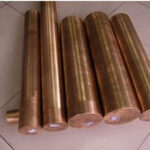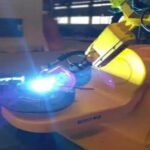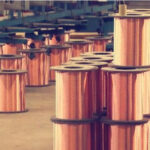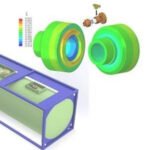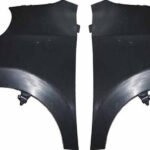Obviously, fossil fuel-driven transportation will be replaced in the future, but more railway infrastructure is as “green” as the materials and energy it uses. HS2, the UK’s second high-speed railway network currently under construction, may use concrete 3D printing technology to build concrete slabs on site. It reduces the carbon footprint of the project by as much as 50%.
SCS JV refers to this technology as “Printfrastructure”, which means that it will use mobile concrete 3D printers to 3D print elements of the railway network on site, rather than transporting prefabricated slabs by road and lowering them into place by cranes. This will allow components to be built in physically confined spaces, prevent the destruction of public spaces and roads required by traditional methods, and make normal daytime work possible, rather than night work when the train is stopped.
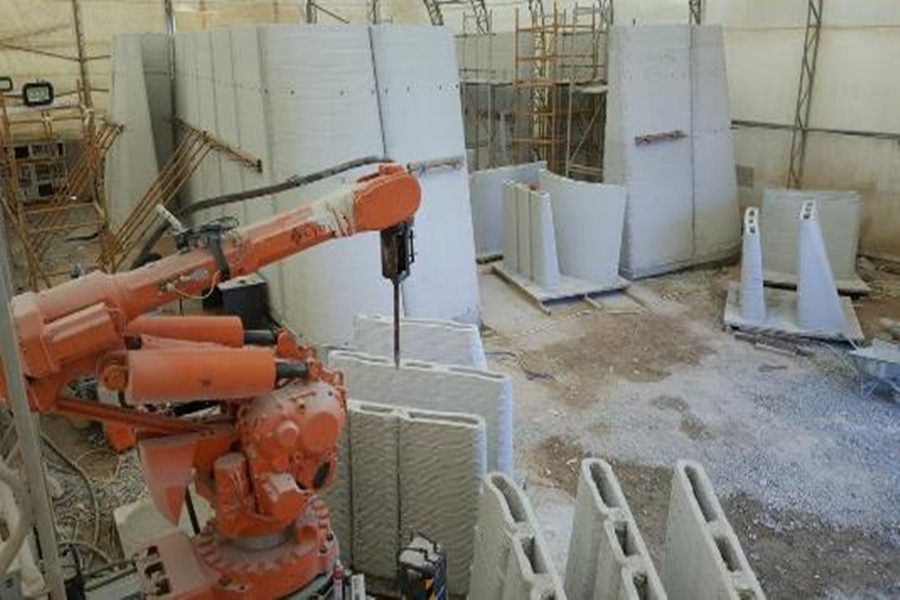
Working on the project is ChangeMaker3D, a company headquartered in the United Kingdom, in cooperation with the additive construction company CyBe, which has developed a mobile industrial robotic arm that can store the company’s own concrete materials. ChangeMaker3D will work with materials expert Versarien to incorporate graphene into the 3D printing process. So far, the use of graphene has not been used for additive construction, but the project team said that the concrete contains microscopic graphene chains only a few atoms thick, like streaks in the rock, replacing traditional steel to help Improve site safety, greater construction flexibility, shorter construction time and smaller carbon footprint.
According to SCS JV, this in turn will reduce the carbon footprint by as much as 50%, partly due to the lack of steel, cranes and cargo trucks. Another factor that helps reduce carbon dioxide emissions is the type of patterns that can be made with 3D printing. Unlike casting, additive structures can produce lattice structures, thereby reducing the overall material usage.
Many studies have shown that its carbon footprint is often much lower than that of car or air transportation. However, during the construction phase, emissions may increase. Research shows that the use of coal related to steel and cement production has increased for two consecutive years in 2018, and carbon dioxide emissions have therefore risen. Although the construction of high-speed rail infrastructure can generate 58 to 176 tons of carbon dioxide per kilometer per year, an analysis by the International Railway Union shows that the carbon footprint of high-speed railways, including operations, track construction, and rolling stock construction, is about Transportation by car or airplane is 14 to 16 times less.
However, the amount of greenhouse gases that can be reduced depends on the energy of electric trains. According to the railway technology company, high-speed trains between Spain and France use renewable electricity and have a low carbon footprint. For every 100 kilometers traveled, they can reduce carbon dioxide emissions by about 15 kilograms.
HS2 also plans to use alternative fuels, including hydrogen energy, on its construction sites. If the HS2 project is delivered, even the construction process may use less fossil fuel. This may be a big “if”. We must not only see that graphene can be integrated into the 3D printing process, but also see that the HS2 project is truly on track. In the United States, large oil interest groups like the Koch brothers often derail high-speed rail projects. In the UK, the eastern section of HS2 was attacked as “unachievable”.
For those who think that railways may be the solution to decarbonization of transportation, we hope that this is not the case. The proof-of-concept test of HS2 additive ingredients is planned to begin in the spring of 2022. At the same time, Changemaker 3D is also cooperating with the British government to possibly 3D print wastewater in the country
Link to this article:Have you seen 3D printed railway infrastructure?
Reprint Statement: If there are no special instructions, all articles on this site are original. Please indicate the source for reprinting:https://www.cncmachiningptj.com/,thanks!
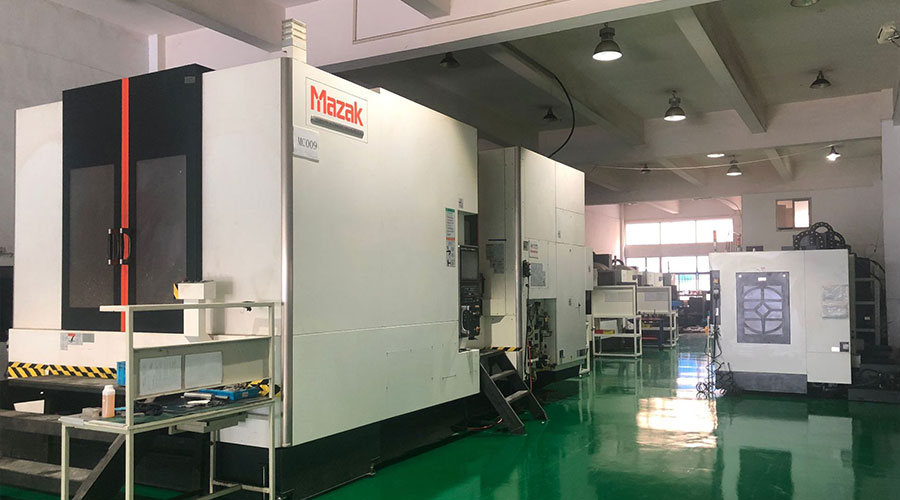 Sheet metal, beryllium, carbon steel, magnesium, 3D printing, precision CNC machining services for heavy equipment, construction, agriculture and hydraulic industries. Suitable for plastics and rare alloys machining. It can turn parts up to 15.7 inches in diameter. Processes include swiss machining,broaching, turning, milling, boring and threading. It also provides metal polishing, painting, surface grinding and shaft straightening services. The production range(include aluminum die casting and zinc die casting) is up to 50,000 pieces. Suitable for screw, coupling, bearing, pump, gearbox housing, drum dryer and rotary feed valve applications.PTJ will strategize with you to provide the most cost-effective services to help you reach your target,Welcome to Contact us ( [email protected] ) directly for your new project.
Sheet metal, beryllium, carbon steel, magnesium, 3D printing, precision CNC machining services for heavy equipment, construction, agriculture and hydraulic industries. Suitable for plastics and rare alloys machining. It can turn parts up to 15.7 inches in diameter. Processes include swiss machining,broaching, turning, milling, boring and threading. It also provides metal polishing, painting, surface grinding and shaft straightening services. The production range(include aluminum die casting and zinc die casting) is up to 50,000 pieces. Suitable for screw, coupling, bearing, pump, gearbox housing, drum dryer and rotary feed valve applications.PTJ will strategize with you to provide the most cost-effective services to help you reach your target,Welcome to Contact us ( [email protected] ) directly for your new project.
Table of Contents
Link to this article:Have you seen 3D printed railway infrastructure?
Reprint Statement: If there are no special instructions, all articles on this site are original. Please indicate the source for reprinting.:Cnc Machining,Thank!^^

